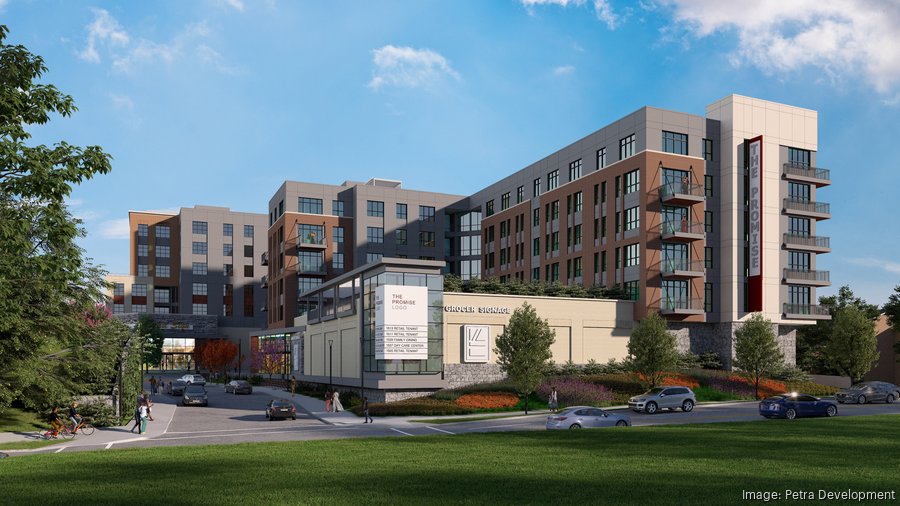Listen to this article 4 min
As elsewhere in Greater Washington, mixed-use projects around Metro feature large in suburban Maryland’s development scene — not least in Prince George’s County, which aspires to become the region’s next boomtown.
Montgomery County has economic aspirations of its own and is well known for its dominance in the life science industry. That dominance has continued to attract a lot of new development and office-to-lab conversion projects. But don’t underestimate Prince George’s, historically a lower-income bedroom community for D.C., as a rising economic star. Indeed, eight of the 10 big projects showcased in this gallery call Prince George’s home.
Both Montgomery and Prince George’s will probably benefit immensely from the much anticipated, albeit delayed, Purple Line. That new light-rail corridor will connect several suburban economic centers between the two counties, without dipping into D.C. first, as Metro lines do.
In Prince George’s, everybody knows about National Harbor. But the county has a lot else going for it, too. It's pushing economic development hard — for instance, providing incentive packages for transit-oriented development, courting the FBI’s new headquarters, attracting a bigger piece of the lucrative data center industry, and becoming a center of gravity for quantum computing.
At the same time — and, again, like every other part of the region — the interrelated futures of office, commuting and Metro in a post-pandemic world remain unknown. Metro saw sinking ridership even before the pandemic, and its numbers fell off a cliff as folks were locked down at home. Ridership hasn’t recovered to pre-pandemic levels.
But local governments, companies and other regional movers and shakers generally remain confident in the mixed-use, transit-oriented development orthodoxy that’s long dominated metropolitan economic and land-use planning. If they’re right in their build-it-and-they-will-come optimism, look for more big things in suburban Maryland. And even if they’re not right, don’t forget National Harbor. It’s booming, despite not being near Metro.











